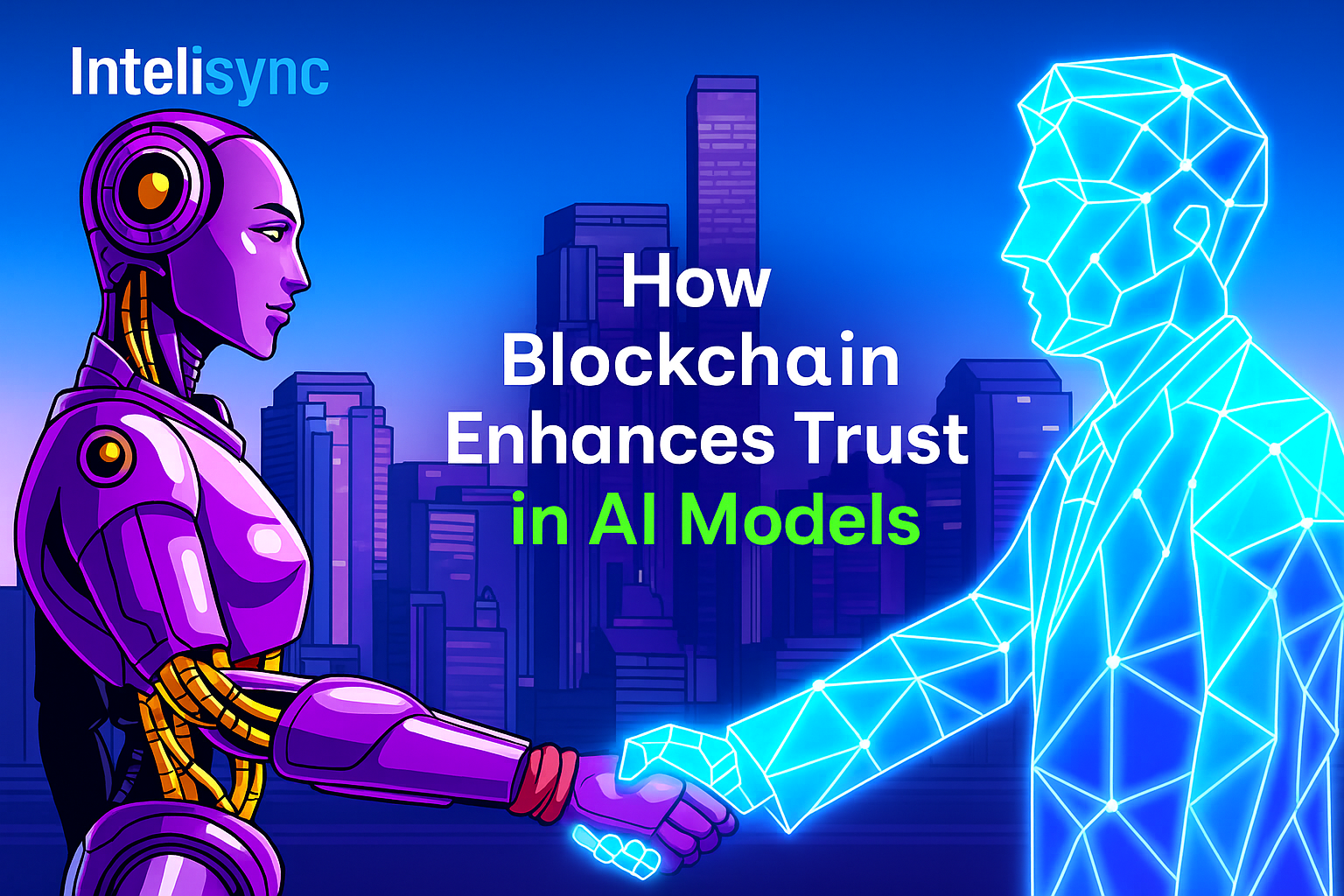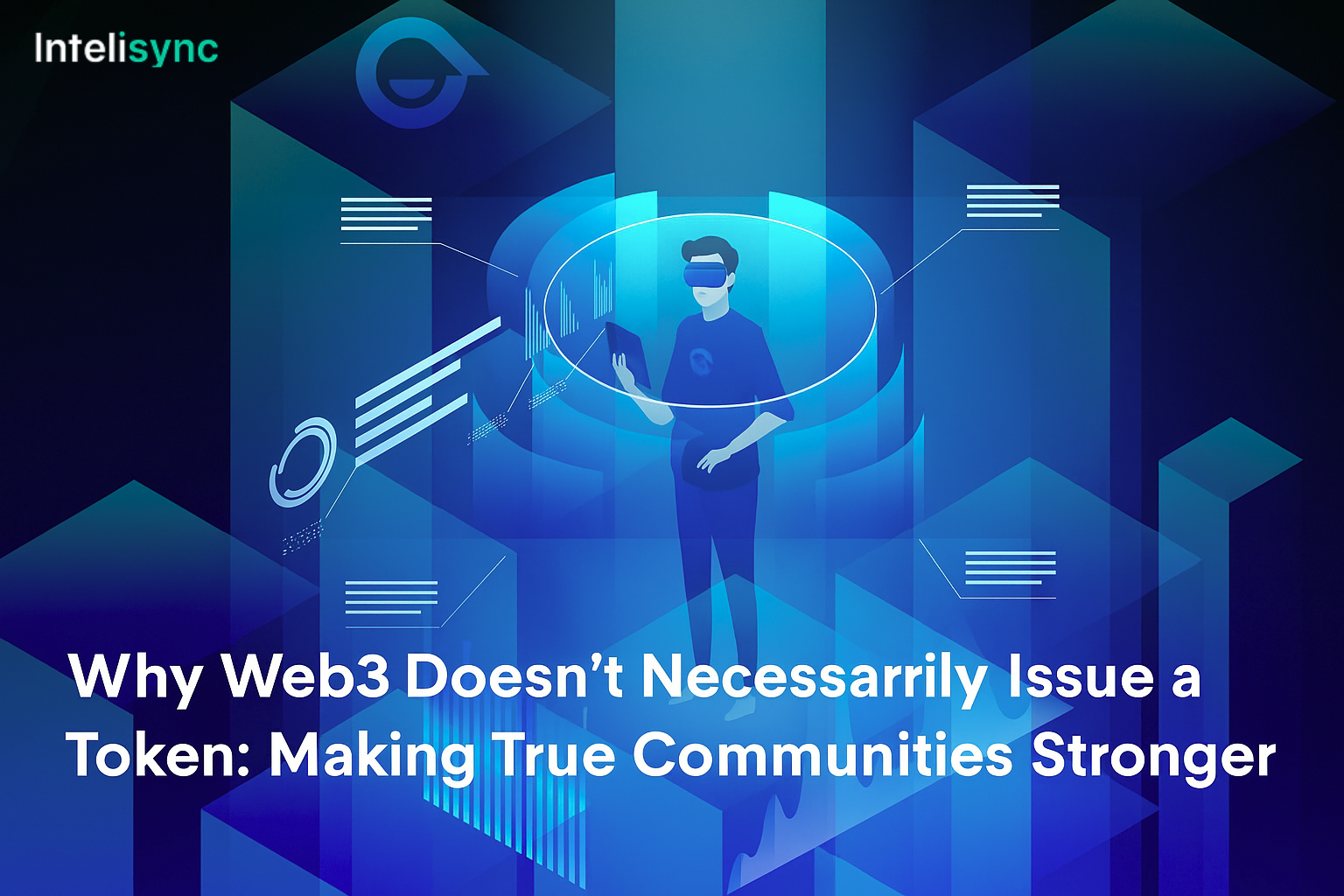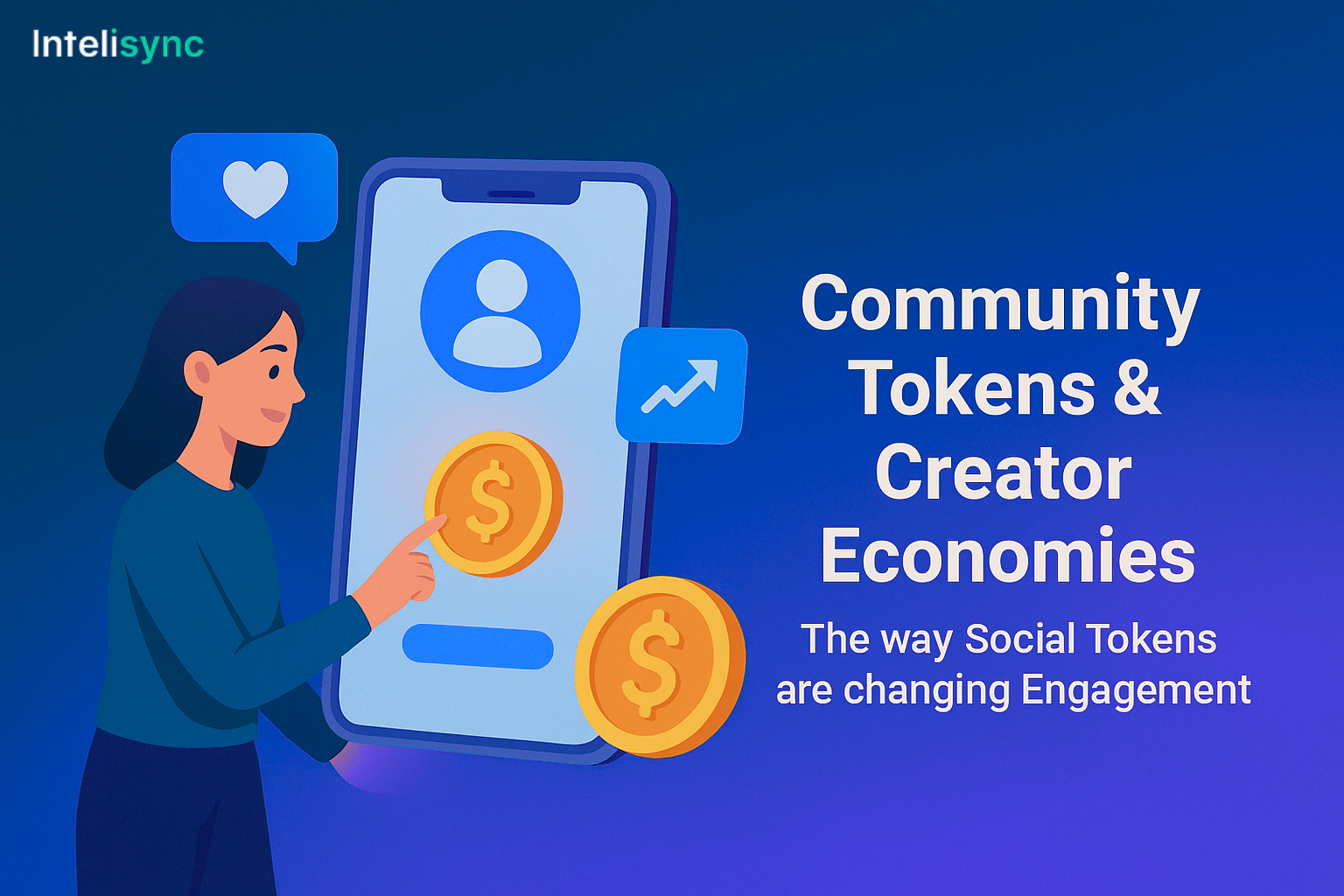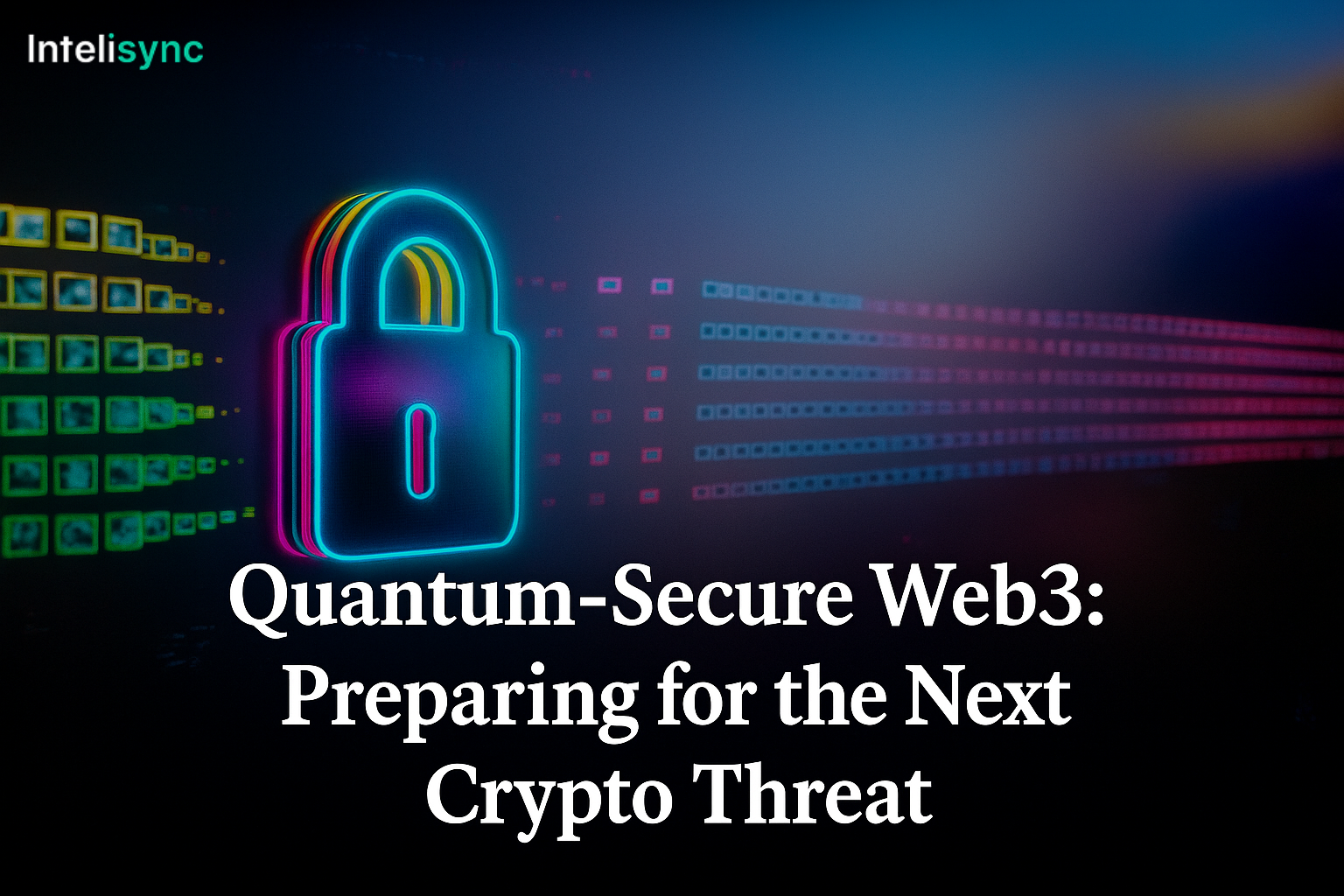Each day, artificial intelligence (AI) makes larger decisions for us what we view online, how we transfer our money, even what emergency vehicles may take. As AI expands, so does the underlying question: Can we trust it? That question is much deeper than simply asking if it functions. It is about understanding how decisions are being made, where the data ends up, and whether the entire system is safeguarded from tampering. Step forward, blockchain. A technology that is quietly transforming into the missing piece of the puzzle. This is how blockchain enhances trust in AI models, creating systems that are transparent, secure, and accountable.
Let’s deconstruct how blockchain protects AI models as more transparent, more trustworthy, and more secure.
Why Is Trust in AI Such a Big Deal?
AI is usually a “black box,” where inputs go in and outputs come out but the processes, data sources, and logic are invisible. Invisible logic to businesses, governments, and citizens means:
– Decisions we can’t understand or justify.
– Information being used in ways we didn’t consent to.
– Models that are hackable, biased, or even manipulated once they are out.
Without trust, adoption is slowed, errors go unnoticed, and public outcry increases. That is where blockchain enters the picture.
How Blockchain Enhances Trust in AI Models
Effectively, blockchain is an electronic ledger records are fixed in position, accessible to all, and can’t be changed surreptitiously. Combining blockchain and AI is.
- Clear AI Processes
Visualize each step of an AI model’s development recorded on the blockchain: what inputs were given, who trained it, what it was updated with, and all the changes made in between. Anyone can verify it—regulators, users, or external auditors. No more “just trust us” from the tech giants. Trust shifts from behind-the-scenes assurances to publicly verifiable evidence.
- Tamper-Proof Model Integrity
Once an AI model is created and deployed, blockchain can be employed to “hash” its parameters and code—securing them on-chain. When an unfavorable adjustment is attempted to be inserted or a biased training set is swapped out, even after a few months, the variance is highlighted in a blink of an eye. That is:
– No secret backdoors.
– No hidden updates that alter how the system functions.
– A public, immutable pointer to what’s *supposed* to be executing.
- Verifiable Data Usage
All problems with AI basically come down to the *data*. Was it stolen? Biased? Kept in secret? Blockchain enables developers to create “audit trails” of how and when it’s accessed and utilized for every dataset that trains or feeds the AI. This enables regular people and companies to be capable of trusting that their data is simply being utilized as agreed, and also to prove that AI isn’t being trained or producing predictions on forbidden or inappropriate data.
- Decentralized and Collective Oversight
Artificial intelligence technologies are typically developed and operated in the background. By making model governance (what gets updated, how it gets deployed, or when it needs to get updated) blockchain-based, those choices can be made transparent to everyone—customers, regulators, or even third-party observers. Decentralized autonomous organizations (DAOs) can make it possible for communities to contribute to the development of AI, not just a group of executives.
- Access and Rights Smart Contracts
Blockchain enables you to write rules in as code directly into smart contracts—so you may have a contract that says “this AI model can only look at this kind of data, from these individuals, unless some particular approval is granted.” It’s all automated, with an open paper trail—no human required to check boxes behind the scenes.
Real World Examples
Medical AI: Blockchain-supported record-keeping can track every dataset, researcher edit, and model update—providing an open chain-of-custody for life-altering algorithms.
Supply Chain Optimization:AI algorithms that optimize routes or predict shortages? Their inputs, actions, and results can be traced and proven on-chain, eliminating fraud, favoritism, or hidden changes.
Content Recommendation:Ever wonder why you’re recommended particular content? If an AI’s rules, weights, and key choices are stored on a blockchain, reviewers (or even the public) can check for bias or manipulation.
The Path Forward—and Warnings
Of course, blockchain is not magic. Loading enormous datasets or enormous AI models directly “on-chain” is costly and sometimes ponderous. But employing blockchain as the tamper-evident journal of record—hashing milestones, data samples, and rules—already works and is being tested in finance, health, and even online advertising.
What’s certain is this: AI isn’t disappearing, and neither is concern over its reliability. Blockchain is quickly becoming the transparency and guardrail layer the world of AI requires.
Final Thoughts:
If AI is the “brain” of the future, blockchain is its memory and conscience—watching what occurs, upholding rules, and making everyone honest. By applying open, tamper-proof transparency to AI development and use, blockchain provides us with something we all require: the ability to trust technology that is on the verge of redefining our lives. This intersection of blockchain and AI is already being explored in areas like decentralized identity and data security, showing how trust can be built into every layer of digital systems. The way is clear for brands, builders, and communities to reach the best of both worlds not only smart, but also trusted AI. And in the Web3 networked world, trust is the real currency that gets us there.







